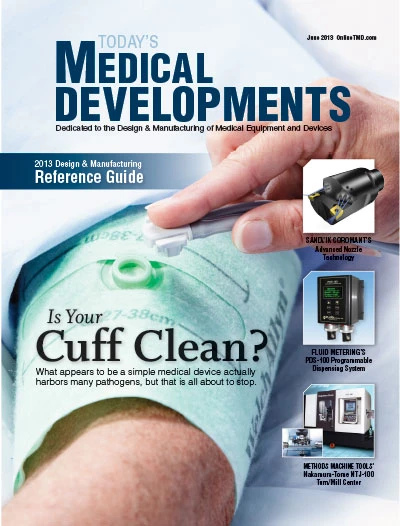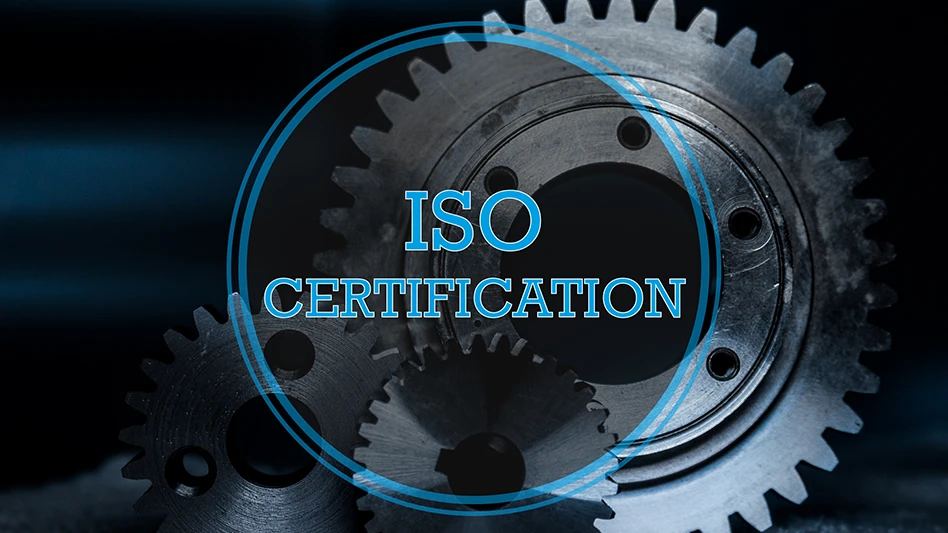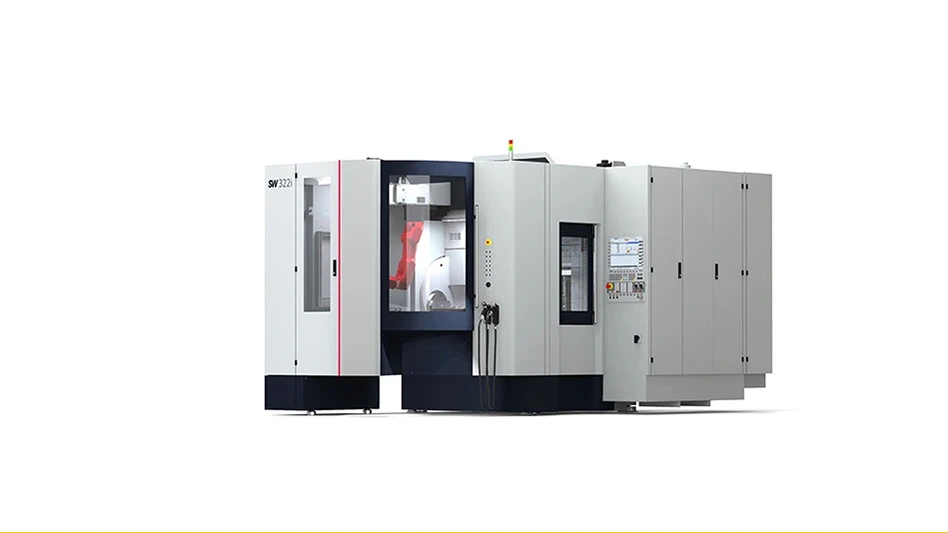 The material costs for the Mcor Matrix paper-based 3D printers are a fraction of the cost of other technologies, making it affordable for all environments. |
Time is critical when a patient is undergoing surgery. The longer the patient’s internal tissue is exposed, the greater the risk. When a patient can be quickly closed up and begin recovery, chances are greater for a healthy recovery.
These concerns are on the minds of maxillofacial surgeons at the Cliniques universitaires saint Luc, Université catholique de Louvain (UCL), Louvain-La-Neuve, Belgium, who often need to reconstruct bones in a patient’s skull, such as a jaw ravaged by cancer or an eye socket crushed in a car accident.
Paper Printing
The surgeons employ paper 3D printing technology from Mcor Technologies, Duneer, Ireland, to recoup hours from traditional surgical procedures. Working from the digitally scanned contours of patients’ bones, doctors push a button to create full-size 3D physical models they can use as surgical guides.
Since the model is a facsimile of the patient’s actual physiology, surgeons can use it to shape metal inserts that fit precisely along a patient’s residual bone. The insert might be a plate that supports a damaged mandible or a titanium mesh for reconstructing a damaged eye socket. Without 3D physical models to work from, it would force surgeons to rely on time-consuming trial and error to shape the metal implants and risk potential tissue damage.
Better Outcomes, Time, Cost Savings
“With each procedure, we easily win an hour in the operating room, and that is a major benefit for the patient,” says Professor Raphael Olszewski, a surgeon and head of the university’s oral and maxillofacial surgery research lab (OMFS Lab, UCL). “We open the patient up, slide in the device, check the fit, and start the patient’s recovery.”
|
About: Challenge: Strategy: Results: Université catholique de Louvain www.uclouvain.be |
A Mcor Matrix paper-based 3D printer produces the 3D physical skull and mandible models. To create a 3D model, Olszewski’s team takes a CT or cone-beam CT scan of the patient and uses Maxilim software to export the section of bone in which they are interested. They quickly transform the 3D file into a printable, watertight solid, and print the bone model with ease.
Making a Change
The team purchased the Mcor 3D printer after five years of using another resin powder-based 3D printer. The old printer produced more models that were more costly and required an extensive post-processing step that employed toxic chemicals (cyanoacrylate). The chemicals required a special license to handle and a special room for the post-processing. Olszewski’s team found the chemicals incompatible with education and healthcare.
“We went looking for an eco-friendly solution and found Mcor,” Olszewski says. Mcor 3D printers are the only ones that create models from paper (standard letter sheets). When the sheets are cut and bound together, the model is tough, durable, and stable – no infiltration is required. After use, models can be disposed of in the recycling bin for cradle-to-grave sustainability.
Mcor 3D printers employ water-based adhesive – no toxic fumes, lasers, airborne powder, or toxic resins – enabling the machine to co-exist easily in an office or classroom. Part cost is 5% of other technologies’ costs, and the total cost of Mcor ownership is a fraction of the competition’s.
Olszewski estimates that a model made with Mcor costs about half that of the other system his team was utilizing, and about one-tenth that of stereolithography. With Olszewski’s team making models every day, that is a savings of more than 20,000 euros per year (approximately $26,000).
The Future
“The Mcor 3D printer gives us a really affordable 3D model that opens up a great many possibilities for 3D modeling in maxillofacial surgery,” Olszewski states.
 Models, right out of the Matrix are tough, durable, and eco-friendly, and meet a wide range of form, fit, and feel requirements. |
In addition to creating models of surgical patients, Olszewski’s team creates models for the lab. The team is constantly refining its processes so that surgical guide use is increasingly precise. One way the team does this is by CT scanning models and superimposing the images on CT scans of patients. This way, the team can gauge the accuracy of modeling and improve the success of the surgeries. The ease and affordability of producing 3D physical skull models is enabling Olszewski’s team to expand the range of procedures, constantly, that can be accelerated using 3D printed surgical guides.
Though powerful, the Mcor 3D printer is surprisingly intuitive, Olszewski notes, even for busy surgeons who need to focus on their craft constantly. The team has also discovered that Mcor models, even though made from paper, can be sterilized. That means surgeons will soon be bringing them into the operating room.
“There are many potential applications in medicine for Mcor’s affordable and eco-friendly process. Look for 3D paper printing not only in surgery, but in medical equipment engineering and biomedical engineering. We are really at the beginning,” Olszewski concludes.
Mcor Technologies
Duneer, Ireland
www.mcortechnologies.com

Explore the June 2013 Issue
Check out more from this issue and find your next story to read.
Latest from Today's Medical Developments
- Tariffs threaten small business growth, increase costs across industries
- Feed your brain on your lunch break at our upcoming Lunch + Learn!
- Robotics action plan for Europe
- Maximize your First Article Inspection efficiency and accuracy
- UPM Additive rebrands to UPM Advanced
- Master Bond’s LED415DC90Med dual-curable adhesive
- Minalex celebrates 60 years of excellence in miniature aluminum extrusions
- Tormach’s Chip Conveyor Kit for the 1500MX CNC Mill





